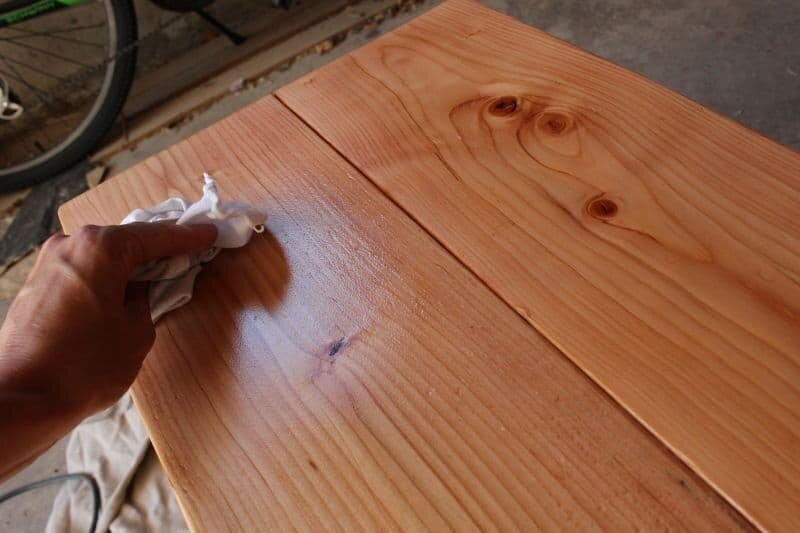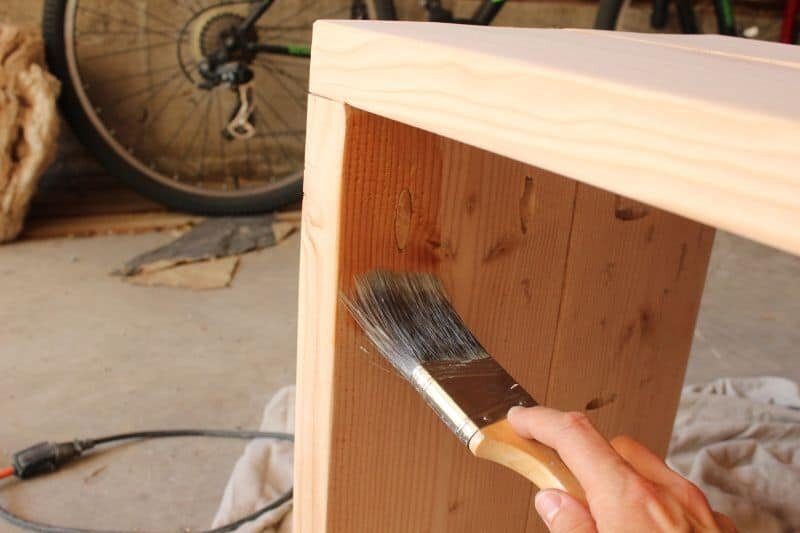Removing carpet glue from a wooden floor can be a daunting task, but it is necessary if you want to restore the natural beauty of your hardwood floors. Carpet glue can be stubborn and difficult to remove, but with the right tools and techniques, you can get the job done quickly and efficiently.
One of the most important things to keep in mind when removing carpet glue from a wooden floor is to be patient. It may take some time and effort to get all of the glue off, but rushing the process can damage your floors. It is also important to use the right tools and techniques to avoid damaging the wood. With the right approach, you can remove the glue without causing any harm to your floors.
Understanding Carpet Glue
If you have ever removed carpeting from a wood floor, you know that it can be a tedious task. One of the most challenging parts of this process is removing the residual glue that remains on the floor. Carpet glue is a stiff and strong solvent used to adhere a carpet to a floor. Because of its toughness, removing it is difficult, and as you will see, taking off carpet glue or adhesive off wood floors is not as simple as it looks.
Carpet glue is typically made of synthetic polymer resins that are mixed with solvents. The solvents help to dissolve the resins, which allows the glue to be spread evenly on the floor. Once the glue dries, it forms a strong bond with the floor, which keeps the carpet in place.
There are several types of carpet glue available on the market, and each has its unique properties. Some glue is water-based, while others are solvent-based. Some glue is designed for use on concrete floors, while others are designed for use on wood floors. It is essential to understand the type of glue you are dealing with to remove it effectively.
Carpet glue varies in color, texture, and thickness. Some glue looks more terrible than others. Some glue is easy to remove, while others require more effort and time. The type of carpet glue you are dealing with will determine the best method to remove it.
In the next section, we will look at some of the methods you can use to remove carpet glue from a wood floor.
Necessary Tools and Materials
Removing carpet glue from a wooden floor requires specific tools and materials. Here are the essential items that you will need:
Scraper
A scraper is a tool that you will use to remove the carpet glue from the wooden floor. You can use a spackling tool or a hoe as a scraper. A spackling tool is a flat metal tool that you can use to scrape off the glue from the floor. A hoe is a tool with a flat blade that you can use to scrape off the glue from the floor.
Adhesive Remover
An adhesive remover is a solvent that you can use to dissolve the carpet glue from the wooden floor. You can use a mineral-based solvent or an orange-based solvent. A mineral-based solvent is more effective in removing the glue, while an orange-based solvent is less pervasive. Make sure to read the instructions on the adhesive remover before using it.
Protective Gear
Protective gear is essential when removing carpet glue from a wooden floor. You should wear rubber gloves, rubber boots, and goggles to protect your skin and eyes from the adhesive remover. The adhesive remover can be harmful to your skin and eyes, so make sure to take the necessary precautions.
In summary, to remove carpet glue from a wooden floor, you will need a scraper, an adhesive remover, and protective gear. These tools and materials will help you remove the glue effectively and safely.
Safety Precautions
When removing carpet glue from a wooden floor, there are some safety precautions you should take to ensure your well-being and the safety of your property. Here are some tips to keep in mind:
Wear Protective Gear
Before starting the process, make sure you wear protective gear, including rubber gloves, goggles, and rubber boots. This will protect your skin from chemical burns, splinters, and other injuries that may occur during the removal process.
Ventilate the Room
When using any chemical solvents, make sure you have proper ventilation in the room. Open windows and doors to allow fresh air to circulate. If you are using a chemical solvent, wear a mask to avoid inhaling fumes.
Keep the Area Clean
Make sure the area you are working in is clean and free of clutter. This will prevent accidents and make it easier to move around. Also, keep children and pets away from the area to avoid any accidents.
Follow Instructions
Read and follow the instructions on the product label carefully. Some solvents may require specific instructions for use, and not following them may lead to accidents or damage to the floor.
Test the Solvent
Before using any solvent, test it on a small, inconspicuous area of the floor to make sure it does not damage the wood. If the solvent causes damage, do not use it on the rest of the floor.
By following these safety precautions, you can ensure a safe and successful removal of carpet glue from your wooden floor.
Step-By-Step Guide
Removing carpet glue from a wooden floor may seem like a daunting task, but with the right tools and techniques, it can be done efficiently. Here is a step-by-step guide to help you remove carpet glue from your wooden floor.
Clearing the Area
Before starting, clear the area around the wooden floor. Remove any furniture, rugs, or other items that may obstruct your work. Cover any vents, electrical outlets, or other openings to prevent dust and debris from entering.
Applying the Adhesive Remover
Apply adhesive remover to a small section of the wooden floor. Allow the adhesive remover to sit for a few minutes to dissolve the glue. Use a scraper to remove the softened glue. Repeat the process until all the glue is removed.
Scraping Off the Glue
Use a scraper to remove any remaining glue from the wooden floor. Be careful not to scratch the surface of the wood. Use a plastic scraper or putty knife to avoid damage to the surface.
Sanding the Floor
After removing the glue, sand the wooden floor to remove any remaining residue. Start with a coarse grit sandpaper and work your way up to a finer grit sandpaper. Sand in the direction of the wood grain to avoid damaging the surface.
Cleaning the Wooden Floor
After sanding, clean the wooden floor with a vacuum cleaner or broom to remove any dust or debris. Then, use a damp mop to clean the surface. Allow the floor to dry completely before applying any finish.
By following these steps, you can remove carpet glue from your wooden floor and restore its natural beauty.
Troubleshooting Common Problems
Residual Glue
If you have removed the carpet from your wooden floor, you may still be left with residual glue. This can be difficult to remove, but there are a few things you can try. First, try scraping the glue with a plastic putty knife. If this doesn’t work, you can try using a solvent to dissolve the glue. Be sure to follow the manufacturer’s instructions carefully and wear protective gear such as rubber gloves and a respirator. You may need to repeat the process several times to completely remove the glue.
Damage to the Wooden Floor
Removing carpet glue from a wooden floor can be a delicate process, and it’s possible to damage the floor if you’re not careful. If you notice any damage to the floor, stop immediately and assess the situation. If the damage is minor, you may be able to sand it out. If the damage is more severe, you may need to replace the affected boards.
It’s also important to be careful when using tools such as scrapers and sanders. Make sure you’re using the right tool for the job and that you’re using it correctly. If you’re not sure, it’s always a good idea to consult a professional.
In summary, removing carpet glue from a wooden floor can be a challenging task, but with the right tools and techniques, it can be done. Be patient, take your time, and be careful not to damage the floor. If you run into any problems, don’t hesitate to seek professional help.
Maintaining Your Wooden Floor After Glue Removal
Now that you have successfully removed the carpet glue from your wooden floor, it’s time to focus on maintaining your floor’s beauty and longevity. Here are some tips to help you take care of your wooden floor after glue removal:
1. Clean Your Floor Regularly
You should clean your wooden floor regularly to keep it looking good and to prevent any damage. Use a soft-bristled broom or a vacuum cleaner to remove dirt, dust, and debris. Avoid using a wet mop as it can damage your wooden floor.
2. Use a Protective Coating
After removing the glue, you can apply a protective coating to your wooden floor. This will help protect your floor from scratches, stains, and other damage. There are different types of protective coatings available, including polyurethane and wax. Choose the one that suits your needs and preferences.
3. Avoid Water Spills
Water can damage your wooden floor, so it’s important to avoid spills. If you spill water on your wooden floor, clean it up immediately. You can use a dry cloth or a mop to absorb the water. Don’t let water sit on your wooden floor for too long as it can cause warping and other damage.
4. Use Furniture Pads
Furniture can scratch your wooden floor, so it’s important to use furniture pads. These pads can be placed under the legs of your furniture to protect your floor from scratches. You can find furniture pads in different sizes and materials, such as felt or rubber.
By following these tips, you can maintain the beauty and longevity of your wooden floor after removing the carpet glue. Remember to clean your floor regularly, use a protective coating, avoid water spills, and use furniture pads.






